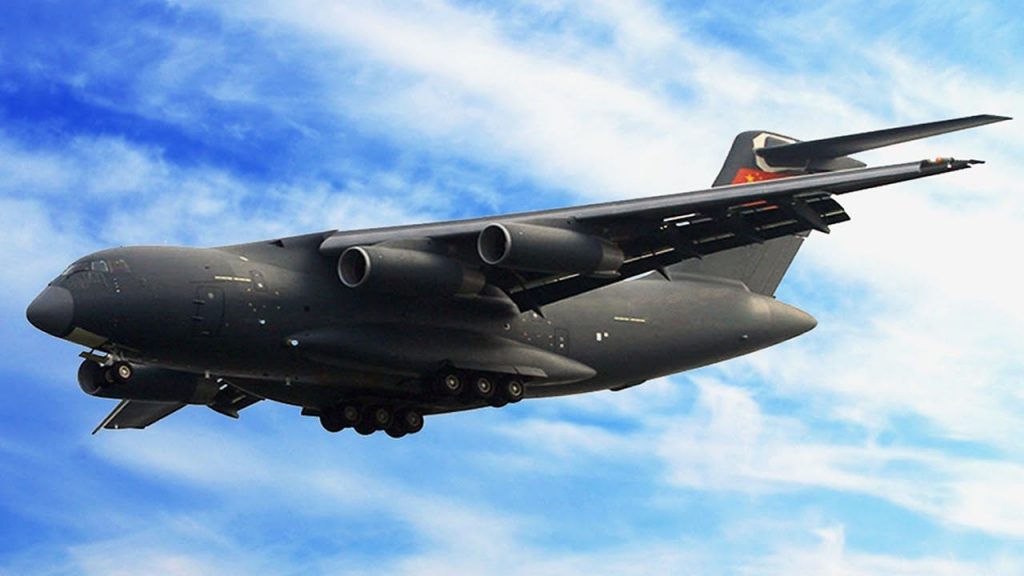China's Multimodal Transportation System: Connecting the Nation with Efficiency and Innovation

China, as the world's most populous country and the second-largest economy, boasts a vast and diverse transportation network that plays a crucial role in connecting people, goods, and ideas across the nation. From ancient trade routes to modern infrastructure, China's main way of transportation has evolved and expanded over the centuries. In this blog post, we will explore China's multimodal transportation system, which encompasses various modes of transportation, including railways, highways, waterways, airways, and urban transit.
- Railways: The Backbone of China's Transportation Network
China's railway system is the most extensive in the world, covering a total length of over 146,000 kilometers. High-speed trains, known as "CRH" (China Railway High-speed), have revolutionized domestic travel, offering convenient, efficient, and comfortable transportation options. With speeds reaching up to 350 km/h, these trains connect major cities, reducing travel time and boosting economic development. Additionally, China's railway network plays a vital role in transporting goods, facilitating trade, and supporting the country's export-oriented economy. - Highways: Connecting Urban and Rural Areas
China's highway network is the largest globally, with over 160,000 kilometers of expressways and national highways. The development of highways has significantly improved accessibility and connectivity between urban and rural areas, promoting economic growth and social development. The expressway system, characterized by its modern infrastructure and advanced toll collection systems, enables efficient long-distance travel and facilitates the transportation of goods across the country. - Waterways: Navigating the Rivers and Canals
China's extensive waterway network, including rivers, canals, and coastal routes, has played a vital role in transportation for centuries. The Yangtze River, the longest river in Asia, serves as a crucial water transportation artery, connecting the interior regions with the coastal areas. In recent years, China has invested in the development of inland waterways, improving navigability and promoting eco-friendly transportation options. Water transportation not only facilitates the movement of goods but also offers scenic cruises and tourism opportunities along China's picturesque waterways. - Airways: Connecting China with the World
China's aviation industry has experienced remarkable growth in recent decades, with an extensive network of airports connecting major cities domestically and internationally. Air travel has become increasingly accessible and affordable, enabling efficient long-distance travel and promoting tourism and business exchanges. China's major airlines, such as Air China, China Eastern Airlines, and China Southern Airlines, provide a wide range of domestic and international flight options, ensuring seamless connectivity within the country and beyond. - Urban Transit: Efficient Mobility within Cities
China's rapid urbanization has led to the development of modern and efficient urban transit systems in major cities. Metro systems, including subways and light rail, provide convenient and reliable transportation options for millions of commuters daily. Cities like Beijing, Shanghai, and Guangzhou have extensive metro networks that alleviate traffic congestion, reduce pollution, and enhance urban mobility. Additionally, emerging technologies, such as smart transportation systems and shared mobility services, are transforming urban transit, making it more sustainable and user-friendly.
Conclusion:
China's multimodal transportation system, consisting of railways, highways, waterways, airways, and urban transit, serves as the backbone of the nation's economic development and social progress. The integration and coordination of these various transportation modes ensure efficient connectivity, facilitate the movement of goods and people, and promote regional and international trade. As China continues to invest in infrastructure development and transportation innovation, its transportation system will further evolve, supporting sustainable growth and enhancing the nation's global connectivity.

